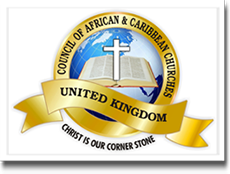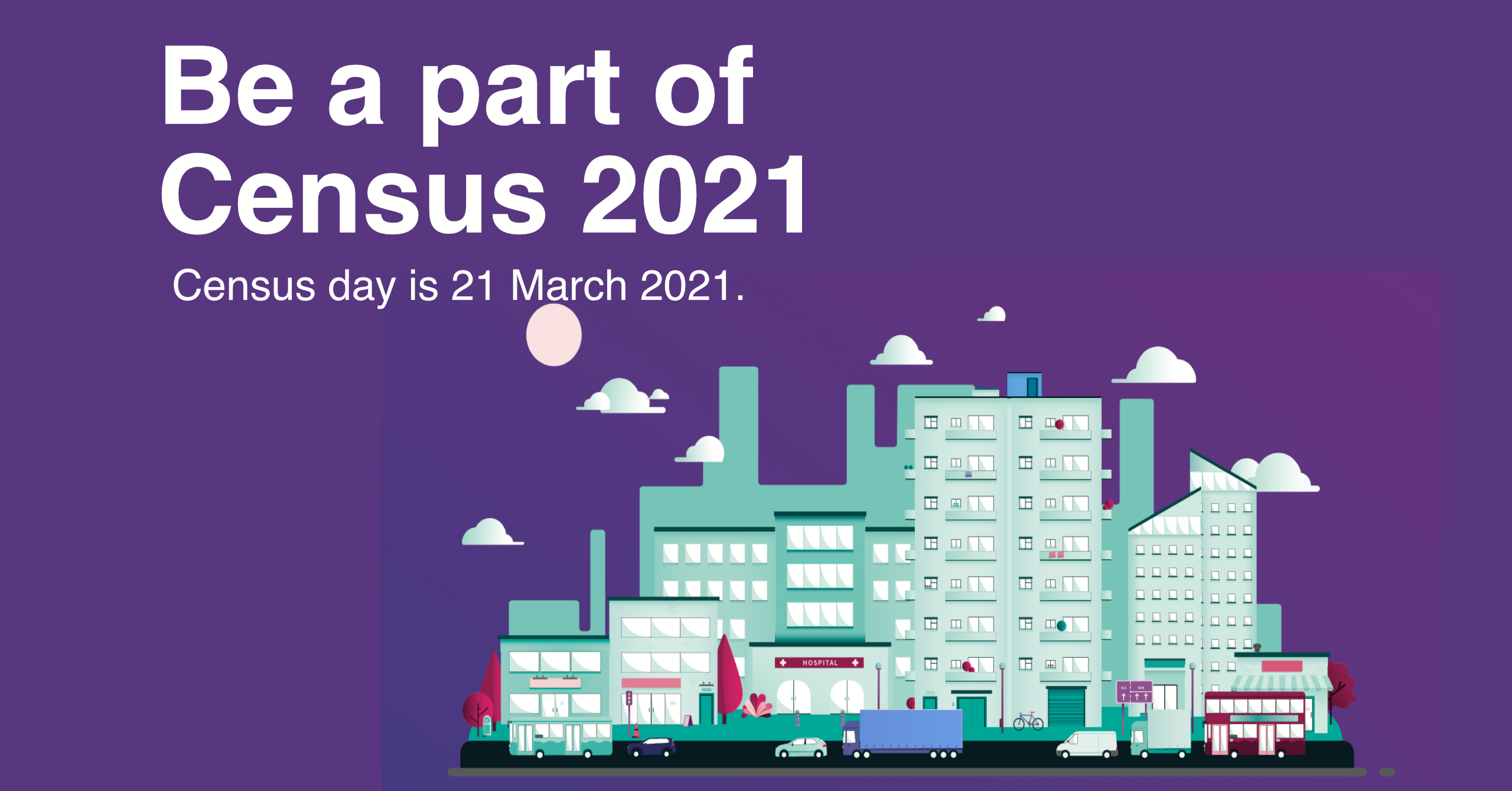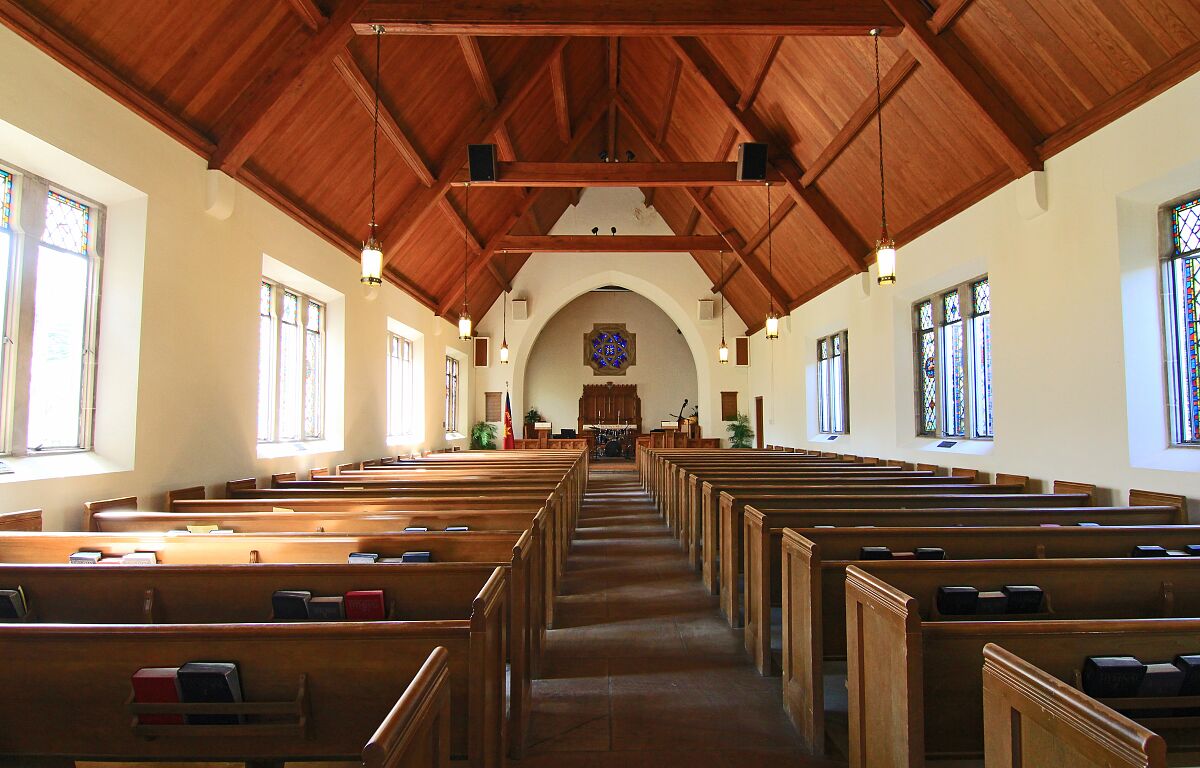Stay at home
- Only go outside for food, health reasons or work (but only if you cannot work from home)
- If you go out, stay 2 metres (6ft) away from other people at all times
- Wash your hands as soon as you get home
Do not meet others, even friends or family. You can spread the virus even if you don’t have symptoms.
Guidance for care of the deceased with suspected or confirmed coronavirus (COVID-19)
Main principles
Advice primarily designed to assist people who are required to manage the bodies of deceased persons infected with coronavirus (COVID-19).
This guidance has been developed to ensure that:
- the bodies of those people who have died as a result of coronavirus (COVID-19) and the bereaved family of the deceased are treated with sensitivity, dignity and respect
- people who work in these services and mourners are protected from infection
This guidance remains under review and may be updated in line with the changing situation as required.
What you need to know
Those handling bodies should be aware that there is likely to be a continuing risk of infection from the body fluids and tissues of cases where coronavirus (SARS-CoV2) infection is identified, through either a clinical diagnosis or laboratory confirmation.
The usual principles of Standard Infection Control Precautions (SICPs) and Transmission-Based Precautions (TBPs) apply for bodies that are suspected or confirmed to be infected with coronavirus (SARS-CoV2). No additional precautions are needed unless Aerosol Generating Procedures (AGPs) are being undertaken.
This guidance should be read in conjunction with:
- Health and Safety Executive (HSE) guidance: Managing infection risks when handling the deceased, which details the standard infection control precautions and transmission-based precautions that should be followed in all occupational settings
- Association of Anatomical Pathology Technology (AAPT) and Royal College of Pathologists (RCPath) guidance Transmission-based precautions: Guidance for care of the deceased during COVID-19 pandemic, which details the Personal Protective Equipment (PPE) required for Transmission Based Precautions that can be used by any professional involved in the care of the deceased
The risk from people who have died from a SARS-CoV2 infection arises as a result of aerosols generated in the post-mortem handling of the deceased. Management of this hazard will substantially reduce the residual risk as the virus will rapidly degrade when not sustained by living tissue. As a result, there is no requirement for body bags, but there may be other practical reasons for their use.
Communities, organisations and individuals are strongly advised to take action to reduce the risk of spreading the infection among mourners who are gathered to pay their respects, with a particular focus on protecting vulnerable people. This includes:
- restricting the number of mourners who attend so that a safe distance of at least 2 metres (3 steps) can be maintained between individuals
- only the following should attend:
- members of the personâs household
- close family members
- if the deceased has neither household or family members in attendance, then it is possible for a modest number friends to attend
- mourners should also follow the advice on social distancing when travelling to and from the funeral gathering.
- individuals who have symptoms of coronavirus (COVID-19), or who are part of a household where someone has symptoms, or who are vulnerable to severe infection should not participate in rituals or religious gatherings
- mourners should not take part in rituals or practices that bring them into close contact with the body. Contact with the body should be restricted to those who are wearing PPE and have been trained in the appropriate use of PPE
Background
This guidance will assist professionals (coroners, mortuary operators, pathologists and other medical practitioners, funeral directors and their staff) who are required to manage bodies of deceased persons infected with coronavirus (SARS-CoV2).
There is additional information for:
- healthcare workers (secondary care and primary care) who come into contact with a body that may be infectious
- members of the public who identify a death in the community
- residential care settings including care homes and hospices
- first responders managing a death in the community
- communities managing a death
The guidance also includes specific information for faith communities and the public to help them take action to reduce the risk to mourners and the bereaved, following a death from any cause in the community.
General information on the risk of COVID-19 from deceased bodies
Detailed information on coronavirus (COVID-19) and guidance for a range of settings is available. General information for the public is available.
Risk of transmission of COVID-19 from an infected body
Public Health Englandâs (PHEâs) Rare and Imported Pathogens Laboratory has assessed the post-mortem risk from people who have died of coronavirus (SARS-CoV2) infection and has identified little residual hazard apart from:
- potential droplet generation from artificial air movement during the initial care of the deceased
- post-mortem examination where the use of power tools take place, which is a risk for aerosol generation
It is estimated that viable virus could be present for up to 48 to 72 hours on environmental surfaces in âroom airâ conditions. In deceased bodies, particularly those retained at refrigeration conditions, and depending on the above factors, infectious virus may persist for longer and testing for suspected cases should be considered.
Due to the consolidation of respiratory secretions and rapid degradation of the virus when not sustained by live tissues, residual hazard from body fluid spillage will not present a risk. Therefore, body bags are not deemed necessary but may be used for other practical reasons. Placing a cloth or mask over the mouth of the deceased when moving them can help to prevent the release of aerosols.
The principles of SICPs and TBPs continue to apply while deceased individuals remain in the care environment.
This is due to the ongoing risk of infectious transmission via contact, although the risk is usually lower than for living patients. Where the deceased was known or suspected to have been infected with coronavirus (SARS-CoV2), there is no requirement for a body bag, and viewing, hygienic preparations, post-mortem and embalming are all permitted when undertaken by professionals trained in handling bodies of the deceased.
Following a risk assessment of the potential post-mortem risk pathways, PHE has developed this advice in line with the principles in the HSE guidance for droplet transmission risk, as set out in Managing infection risks when handling the deceased.
Guidance for professionals who manage bodies, including mortuary staff, pathologists and funeral directors
This section of the guidance is for professionals responsible for managing bodies.
The HSE guidance Managing infection risks when handling the deceased provides advice on the risks of infection from work activities involved with handling the deceased. It covers the safe handling, storage and examination of bodies in hospitals, mortuaries and post-mortem rooms. It also provides guidance for those involved in funeral services (including embalmers) and exhumations of human remains. Handling of deceased persons potentially infected with coronavirus (SARS-CoV2) should follow the SICPs and TBPs set out in the HSE guidance, apart from the use of body bags, which are not required but may be used for other practical reasons.
The Department of Health (2013) guidance Environment and sustainability. Health Technical Memorandum. 07-01: Safe management of healthcare waste in conjunction with the HSE guidance âManaging infection risks when handling the deceasedâ provides details of the disposal of clinical waste.
Personal Protective Equipment (PPE)
AAPT and RCPath in consultation with PHE have published guidance on the PPE requirements for care of the deceased during the coronavirus (COVID-19) pandemic. This table should be used by all professionals who manage deceased persons who are suspected or confirmed to be infected with coronavirus (SARS-CoV2).
Transmission-based precautions for coronavirus (COVID-19)
Visit the Official Government Website for more information – https://www.gov.uk/coronavirus



